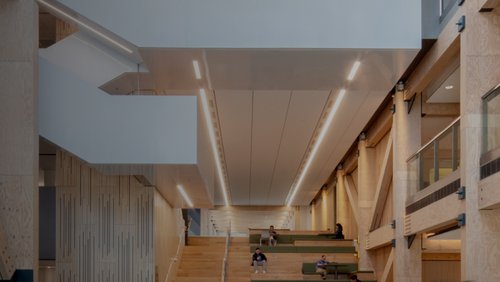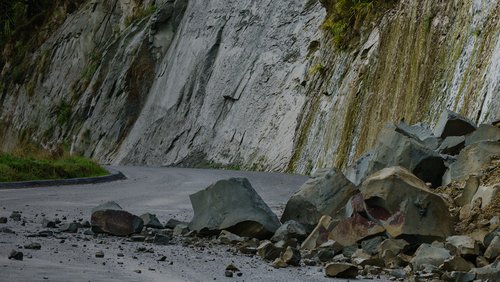29 Jul 2020
With funding announced and the Taumata Arowai – Water Services Regulator Act now passed, changes to the management of our drinking water, wastewater and stormwater are on the way. What are the opportunities for engineers and how can they contribute to the development of a better system that is healthier for us and our environment?
Earlier this month the Government announced $761 million of funding to help local government maintain and upgrade their three waters infrastructure.
To receive the money, councils will need to opt-in to the government’s Three Waters Reform Programme. Under the reform, councils will come together to form public multi-regional water entities, taking into consideration, catchments and communities of interest. The programme’s details are yet to be finalised and will be developed with input from the local government sector.
The process will be overseen by the Three Waters Steering Committee, formed to provide guidance and to assist with stakeholder engagement.
Read more about the three waters reform.

The funding is a welcome boost for councils who are struggling with a legacy of underinvestment in water infrastructure. To receive their share of the funds, councils need to sign an MoU where they agree to work together to support the objectives of the reform programme and make steps towards forming multi-regional service delivery models. The funding is also intended as a Covid-19 recovery stimulus package so Councils will only have until 30 June 2021 to spend the money. This may prove a challenge for many councils but could also provide a useful sense of urgency that will see upgrade work quickly underway.
The MoU represents stage 1 of the reform programme. Councils who sign will still be able to choose whether they continue to stage 2, which will see the formation of aggregate water entities. The government has indicated further funding will be available at stage 2. Councils who don’t opt in at stage 1 will still have the opportunity to do so later.
Aggregating water suppliers will bring benefits
Although some councils may be reluctant to opt-in, there are several advantages of a multi-regional model.
There are currently 67 public water suppliers. Many of the smaller suppliers have struggled to fund maintenance of their infrastructure and to meet water quality standards. Larger multi-regional entities will have more funding options available to them, and with a uniform approach across a large area, standards will be easier to apply and monitor. Decisions about the treatment of water and safety standards will be the domain of experts and removed from local politics.
The model preferred by the Government is collective council ownership and will include mechanisms to protect against future privatisation. This is important and should give councils some reassurance of continued control of assets that are vital to the health of their communities.
Taumata Arowai will enforce higher standards for drinking water
The Three Waters Reform is part of a wider programme of water reform that central and local government have been considering over the past three years. Taumata Arowai—the Water Services Regulator Bill was introduced to parliament in December last year and was passed into law this July.
The bill establishes Taumata Arowai as a regulator with responsibility to oversee and enforce a new drinking water regulatory framework. It will also have an oversight role for wastewater and stormwater networks.
A separate Bill, the Water Services Bill, will detail the functions and powers of Taumata Arowai. Once this bill is enacted, probably towards the middle of 2021, Taumata Arowai will then be a fully operational entity.
The Three Waters Reform and the allocation of funding will help councils prepare so they are able to meet the new standards when they come into force.
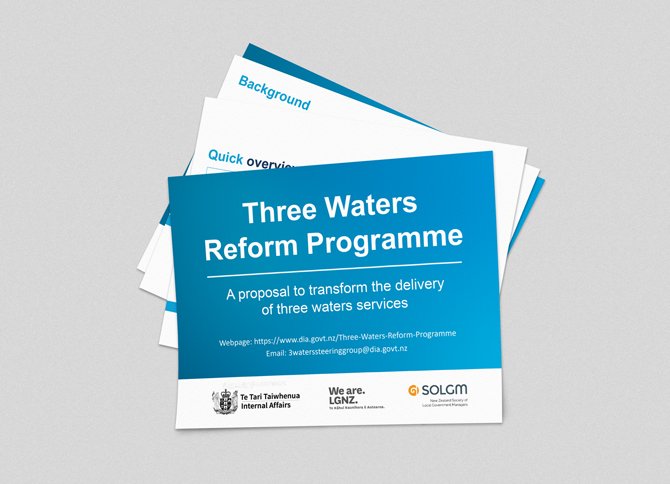
Billion-dollar upgrades needed
Drinking water is the first area to receive attention and clearer regulation, but higher standards for wastewater and stormwater are also on the way.
It is estimated that nationally, the capital costs of upgrading drinking water treatment plants to meet health standards is between $309 and $574 million. The cost of upgrading wastewater and stormwater systems will be far greater. Minister Mahuta has stated that the cost to upgrade wastewater treatment plants could be between $3-$5 billion.
Underinvestment in water infrastructure
The Government has acknowledged that much of New Zealand’s public water infrastructure is in urgent need of upgrading, and that local government often doesn’t have the resources to fix it.
The full extent and the urgency of the situation was thrown into sharp relief in 2016. 5,500 people in Havelock North became ill and four died after campylobacter bacteria contaminated the town’s water supply. The resulting inquiry found that the incident was far from unique and that issues with drinking water are widespread and often undetected. 100,000 people, the Inquiry stated, become sick every year because of their drinking water. In 2018 the Ministry of Health released its own report confirming that nearly 20 percent of New Zealanders were receiving reticulated water that failed to meet drinking water standards. The dire situation highlighted by these reports prompted the Three Waters Review.
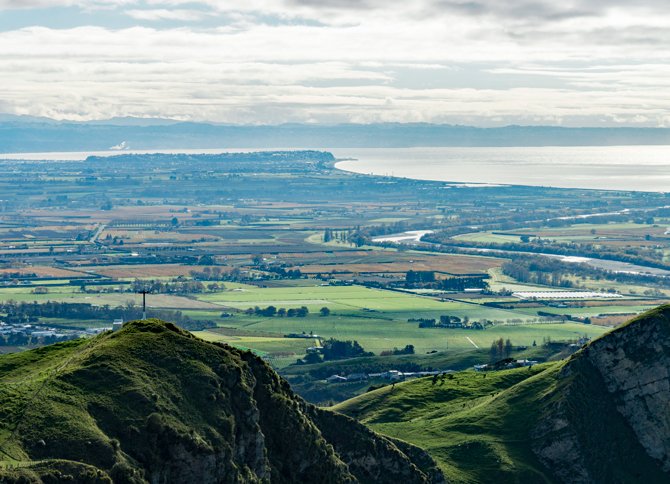
How did things get so bad?
Water is such an important asset but has been a severely underfunded one. The Office of the Auditor General found local authorities often don’t have reliable information about their stormwater, water supply and wastewater assets, and that they were more likely to reinvest in their roading assets than their water assets.
This is partly due to a perception of risk. We have been complacent and have taken clean drinking water for granted. Without ratepayers pushing for investment in water infrastructure, it has been too easy for many councils to neglect this area. Unlike roads and buildings, water infrastructure is out of public sight. And unlike roads, water infrastructure often has a long replacement cycle. Parts of the wastewater network in some regions are over 100 years old.
An opportunity to do things differently
The Three Waters Review and the establishment of Taumata Arowai is an opportunity to reconsider how we plan and invest in our water assets. The path we take should be collaborative, multi-disciplinary and support a whole of ecosystem approach.
It is heartening that the Government has signalled up front that neighbouring catchment areas and communities of interest be considered in the formation of multi-regional entities. Cities are high consumers of water, while the catchment areas that supply their demand are often in the regions.
The model developed must work for the regions as well as the cities. For smaller councils, loss of autonomy is a very real concern. They do not want their needs subsumed by the demands of larger parties. A whole-of-ecosystem approach will balance the demands of all parties rather than solving a problem in one place to the detriment of another or to the detriment of the ecosystem itself.
The approach must also be multi-disciplinary and take a long-term view. It is no longer enough for an engineer to solve the problem immediately in front of them without looking wider to colleagues in other disciplines and at other agencies - planners, ecologists, social scientists, and without question, iwi. Working more closely with iwi is essential and will hopefully result in systems that prioritise the health of waterbodies and environmental protection. A healthy environment is the foundation of healthy communities and should be of absolute priority.
Instead of designing a piece of infrastructure that has the capacity to solve a particular problem for a set number of years, we must work with nature to design systems that are robust and resilient in the face of our changing climate.
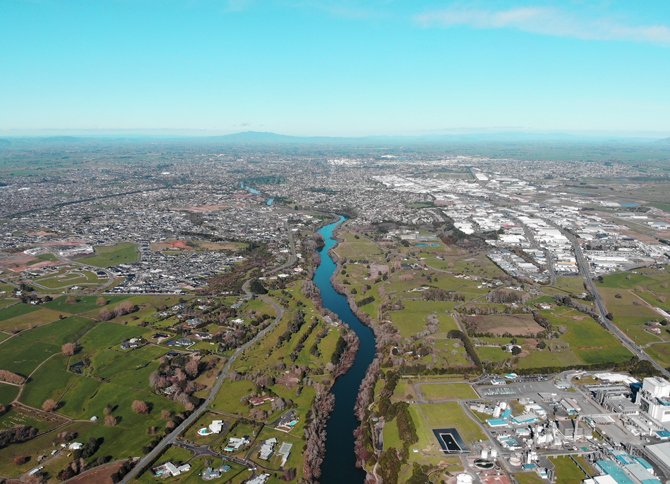
Investing in local skills and education
To look after our natural environment, we also need to nurture and grow our local specialist skillsets. Investing in local skills and training will put us in a stronger position to meet the challenges ahead. New Zealand does not have enough specialists in the water space, and this is felt most acutely in the regions.
We also need to begin conversations that advance community understanding of water management. Where communities feel connected to their natural environment they will push for its care, insisting on water sensitive urban design and green infrastructure options. But first they need to know these options exist.
Engineers are often not natural publicists, but the expertise and experience they can bring to the conversation is vital. Engineers can help inform communities about the value of water, the risks we face, and options to deal with the growing challenges.

